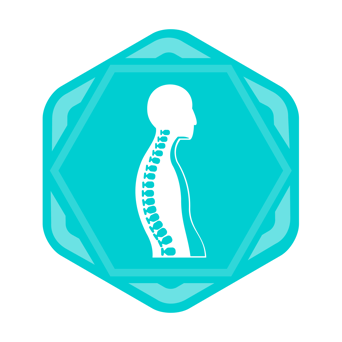STROKE
"Stroke Insights: From Crisis to Recovery, Your Guide to Healing and Hope"
Shreya Donadkar (PT)
10/14/20233 min read
What is Stroke?
Stroke is a serious medical condition that can have debilitating and life-altering effects.
It occurs when the blood supply to the brain is interrupted, either by a clot blocking an artery or by a blood vessel in the brain bursting.
This interruption prevents oxygen and essential nutrients from reaching the brain, which can cause brain cells to die within minutes.
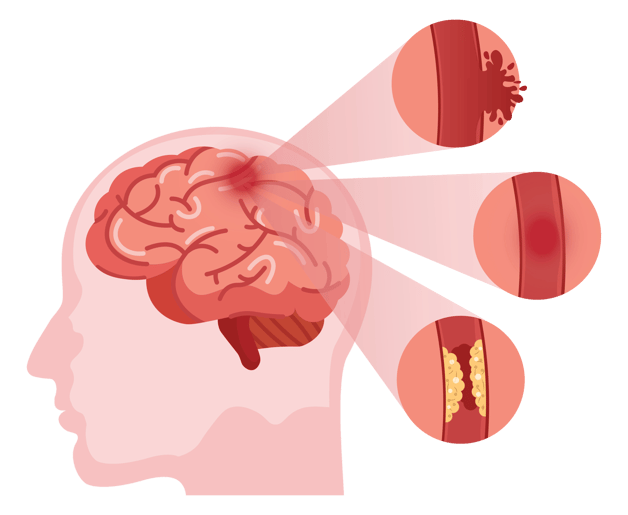

Recognizing the signs of a stroke and seeking immediate medical attention can significantly improve the chances of a full recovery.
F (Face)
One side of the face may droop or feel numb. Ask the person to smile to check for any asymmetry.
A (Arms)
Weakness or numbness may occur in one arm. Ask the person to raise both arms and see if one arm drifts downward.
S (Speech)
Speech may be slurred or difficult to understand. Ask the person to repeat a simple sentence and look for any speech abnormalities.
T (Time)
If you observe any of these signs, it's crucial to call emergency services immediately. Time is of the essence in treating stroke.
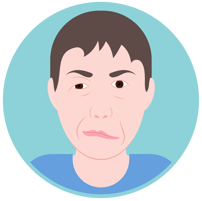

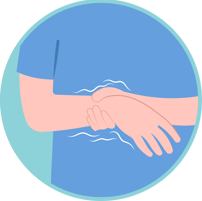

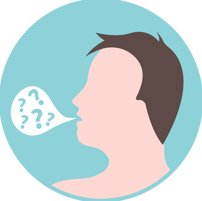




Every Second Matters!
Up to 120 million neurons can be lost in an hour which accounts to aging by 3.6 years
The Hidden Risks that Lurk Behind Stroke's Door
Several factors increase the risk of stroke, including:
High blood pressure: Hypertension is a major risk factor for stroke.
Smoking: Tobacco smoke contains chemicals that can damage blood vessels and increase the risk of stroke.
Obesity and lack of physical activity: Maintaining a healthy weight and being physically active can reduce the risk of stroke.
Unhealthy diet: Consuming a diet high in salt, saturated fats, and cholesterol can lead to conditions like high blood pressure and obesity, which are risk factors for stroke.
Excessive alcohol consumption: Drinking too much alcohol can raise blood pressure and increase the risk of stroke
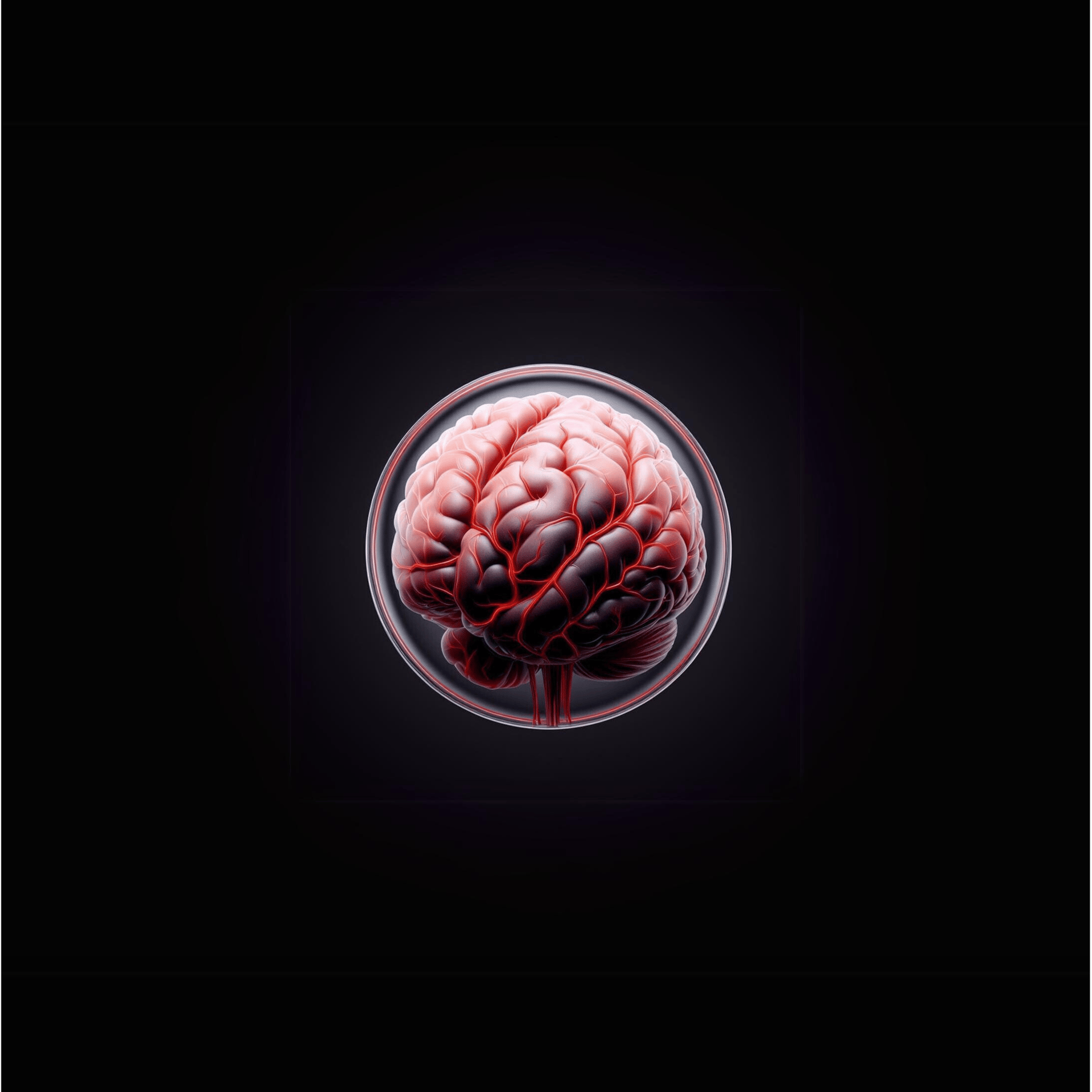
Prevention Strategies: Simple Steps for a Healthier You
Preventing stroke involves making lifestyle changes and managing health conditions. Here are some strategies to lower your stroke risk:
Manage blood pressure: Regularly monitor blood pressure and take prescribed medications as directed by your healthcare provider.
Exercise regularly: Engage in physical activities like walking, jogging, or swimming to maintain a healthy weight and improve cardiovascular health.
Maintain a healthy diet: Consume a balanced diet rich in fruits, vegetables, whole grains, and lean proteins. Reduce salt, sugar, and saturated fat intake.
Quit smoking and limit alcohol: If you smoke, consider quitting, and if you drink alcohol, do so in moderation.
Manage diabetes and cholesterol: Work with your healthcare team to manage diabetes and cholesterol levels through medication, diet, and lifestyle changes.
How Physical Therapy Fuels Your Stroke Comeback:
Physical therapy is a cornerstone of stroke rehabilitation, aiming to restore mobility, improve balance, and enhance coordination for stroke survivors. Through tailored exercises, it strengthens muscles and encourages neuroplasticity, facilitating the brain's ability to form new neural connections. Additionally, physical therapy assists in managing post-stroke pain and boosting confidence, ultimately contributing to an improved quality of life by empowering individuals to regain independence and overcome physical challenges.
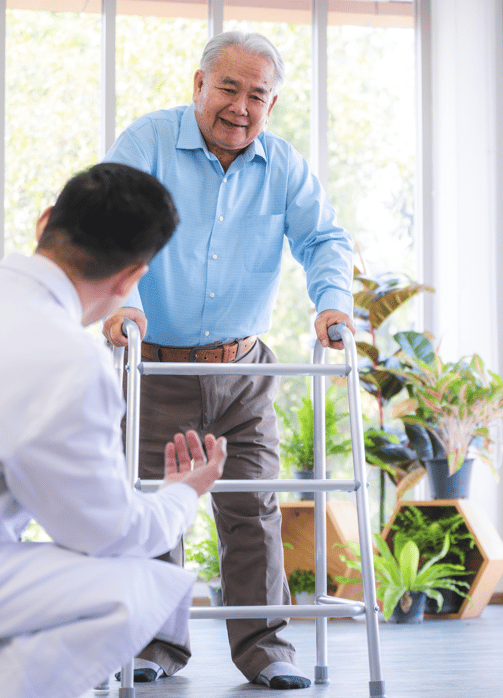

WORKING HOURS
Monday - Saturday 8:00 AM - 8:00 PM
Sunday 9:00 AM - 5:00 PM
ADDRESS
Kairos Physio, F3 First floor, near Basillios Gym, St. Inez Rd., St. Inez, Panjim- Goa 403001.
CONTACT
+91 7259527374
kairosphysio@gmail.com
